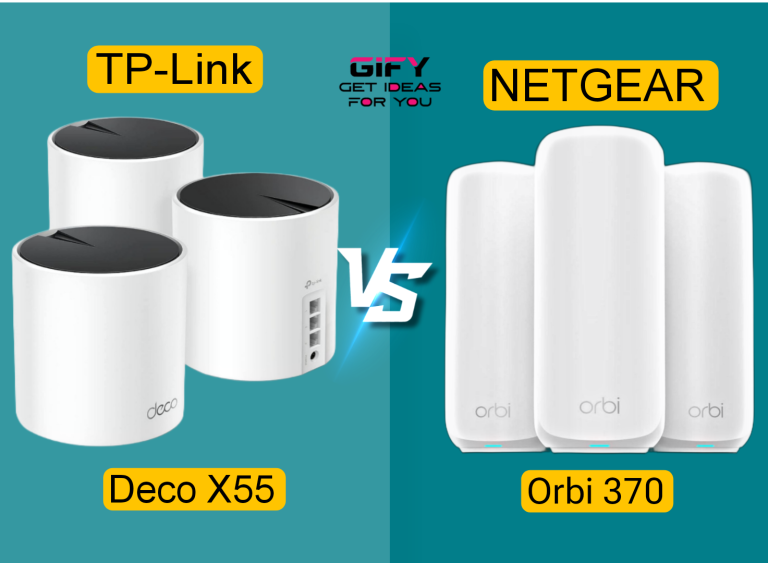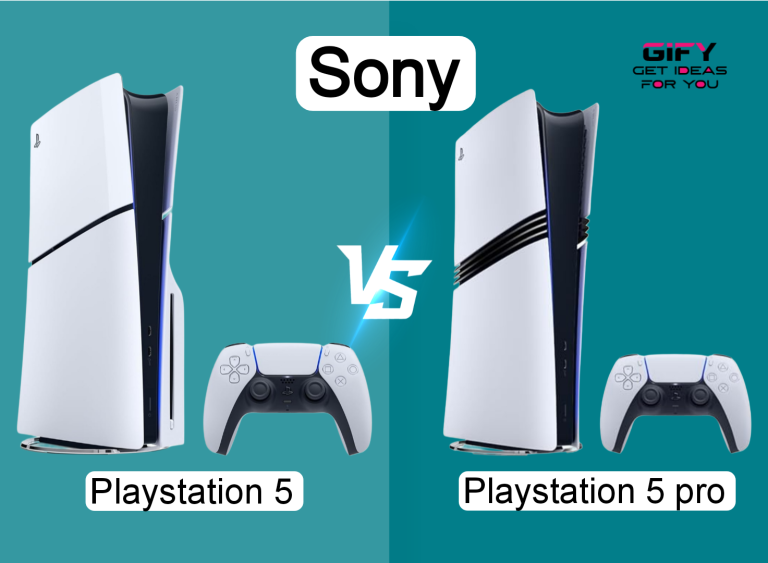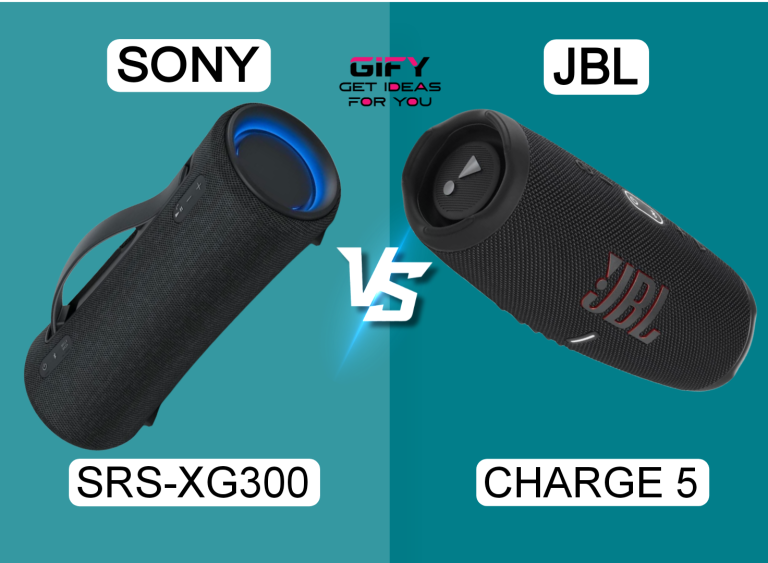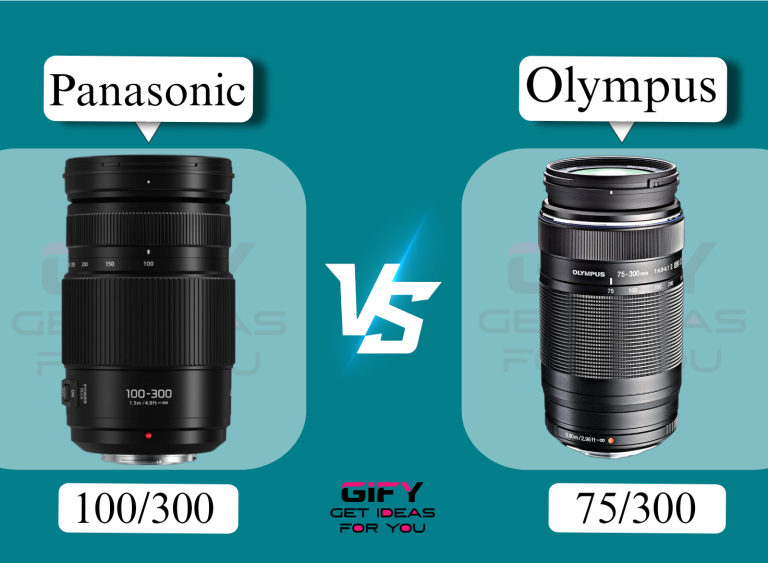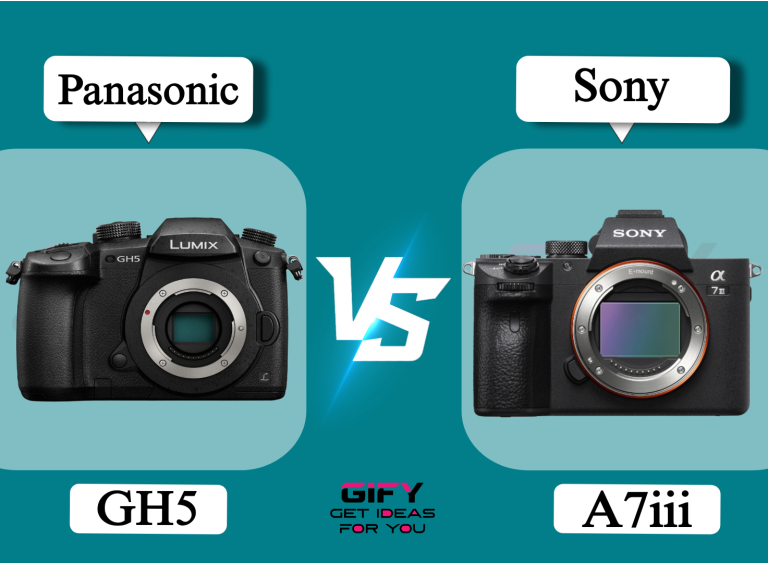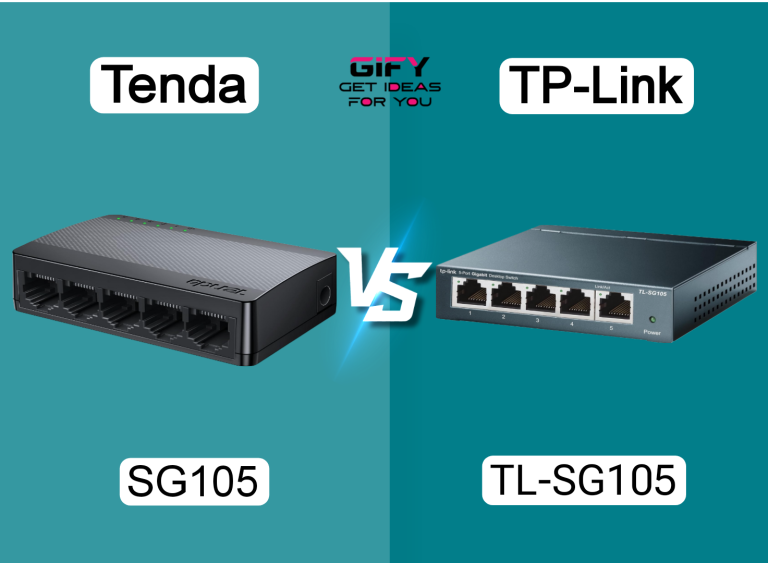Panasonic G9 vs G95 is one of the most talked-about comparisons among photographers and videographers searching for a versatile Micro Four Thirds camera.
Both models deliver outstanding performance, but each serves a slightly different type of content creator. The G9 focuses on speed, precision,
and advanced photography features, while the G95 balances strong video capabilities with reliable stills performance.
Panasonic G9 vs G95 becomes even more exciting because both cameras share some core strengths, yet they differ in ways that can significantly impact your shooting style.
The G9 stands tall with its lightning-fast burst shooting, rugged build, and professional-grade ergonomics, making it ideal for wildlife and sports enthusiasts.
The G95, on the other hand, shines with its cinematic video quality, portability, and user-friendly controls that appeal to vloggers and travel photographers.
Panasonic G9 vs G95 also raises questions about budget, as the two models target different price ranges while still delivering excellent value. Deciding between them requires a close look at image quality, stabilization, autofocus,
and usability in real-world scenarios. This detailed comparison gives you clarity on which camera aligns better with your creative journey and helps you invest wisely in your next gear upgrade.
Panasonic G9 vs G95: Digital Camera.
Panasonic G9 vs G95 is a popular debate for many photographers and videographers. Both cameras come with strong features, but they target slightly different users.
The G9 focuses more on professional photography with advanced speed and build quality. The G95 aims to balance photos and videos, making it more appealing for content creators who want a versatile tool.
This article covers each model in detail, including product details, features, pros, cons, and overall opinion. At the end, a comparison, FAQs, and a final conclusion will help you decide which camera fits your needs best.
Panasonic G9 : 20.3 Megapixel Mirrorless Camera.
Product Details
The Panasonic G9 is a professional Micro Four Thirds camera with a 20.3MP sensor. It also offers an 80MP high-resolution mode for both JPEG and RAW.
The design uses a rugged magnesium alloy body that is splashproof, dustproof, and freeze-proof down to -10 degrees. This makes it a strong choice for outdoor and travel photographers.
The G9 also provides twin SD card slots for storage flexibility and high data security. It supports telephoto lenses with a bayonet mount, giving more options for different shooting needs.
Features
The G9 has advanced 5-axis dual image stabilization that works with all lenses, including older ones without OIS.
This gives sharp results for both photos and 4K video. The camera records silky 4K 60p video in 4:2:2 10-bit, making it suitable for professional video work. Slow-motion recording is also possible with up to 180fps in Full HD.
For connections, it includes USB 3.0, a 3.5mm headphone jack, and a full-size HDMI port for external monitors or recorders. These features make the G9 a complete tool for hybrid shooters.
What is the Good?
The Panasonic G9 stands out with excellent image quality, even in its standard 20.3MP mode. The high-resolution 80MP option adds more detail for landscapes and studio shots. The rugged design makes it reliable in harsh weather.
The dual stabilization system is one of the best in its class, reducing blur and shake effectively. Its fast burst shooting also helps wildlife and sports photographers capture decisive moments. Twin card slots give peace of mind during important work.
What is the Bad?
The Panasonic G9 is bigger and heavier than the G95, making it less travel-friendly. Its menu system can feel complex for beginners. The high-resolution mode needs very steady shooting,
so it is not always practical outdoors. The price also places it above the G95, which can make it less attractive for casual users or hobbyists.
Overall Opinion
The G9 is built for serious photographers and hybrid shooters who demand both power and reliability. It offers professional photo quality, top-class video features,
and a durable body for all conditions. It is best suited for users who work in challenging environments or need speed and high image detail.
Panasonic G95 : Mirrorless Camera.
Product Details
The Panasonic G95 is a mid-range camera that balances photography and videography. It includes a 20.3MP sensor and comes in a kit with a 12-60mm lens, battery, charger, USB cable, strap, hot shoe cover, body cap, lens caps, hood, 64GB SD card, bag, filter kit, and cleaning kit.
This makes it a ready-to-go package for beginners and enthusiasts. The G95 uses the Micro Four Thirds mount, which allows many lens options for different shooting styles.
Features
The G95 delivers strong imaging performance with ISO up to 25600, helping in low light conditions. It has fast autofocus that captures subjects with clarity, even during action or spontaneous moments.
Its lens versatility lets users switch easily from landscapes to portraits. The camera also records 4K video, making it appealing for vloggers and travel creators who need portability and quality in one device.
What is the Good?
The Panasonic G95 offers good value by including a complete kit. It is lighter and easier to carry than the G9, making it better for travel. The autofocus is quick and reliable, which helps in daily photography.
Low-light performance is decent, making it possible to capture indoor or night scenes with less noise. The included accessories add more convenience for new users who want an all-in-one package.
What is the Bad?
The Panasonic G95 does not match the G9 in build quality. It is not as rugged or weather-sealed for harsh environments. Burst speed is lower compared to the G9,
so it may not fit professional sports or wildlife photography. The video quality is good, but it does not have 10-bit internal recording like the G9, limiting its use for high-end video production.
Overall Opinion
The G95 is designed for creators who want a balance of photos and videos without going too deep into professional-level gear. It is portable, easy to use,
and budget-friendly compared to the G9. With the included lens and accessories, it becomes a strong choice for beginners, travelers, and vloggers.
Details Comparison
Panasonic G9 vs G95 highlights two cameras that look similar on the surface but serve different needs. The G9 has a stronger body, dual card slots, higher burst speed, and advanced video recording features.
It is more suited for professional use in rough environments. The G95 offers a lighter design, an included lens kit, and simpler handling, making it easier for new photographers and hobbyists. The G9 is better for action, wildlife,
and professional video projects, while the G95 works well for travel, casual photography, and vlogging. Price also plays a big role, as the G95 is more budget-friendly, while the G9 sits in a higher segment.
FAQs
Which camera has better image quality?
Both cameras use a 20.3MP sensor. The G9 includes an 80MP high-resolution mode, giving it an edge for detail-heavy shots.
Is the Panasonic G9 better for video?
Yes. The G9 supports 4K 60p 4:2:2 10-bit recording, making it more suitable for professional video creators.
Is the Panasonic G95 good for beginners?
Yes. The G95 comes as a complete kit and is easier to use, making it a great option for entry-level users and enthusiasts.
Which camera is more portable?
The G95 is smaller and lighter, making it more portable than the G9, which is heavier and bulkier.
Does the Panasonic G9 justify its higher price?
For professionals who need speed, ruggedness, and high-end video quality, the G9 justifies its higher cost. For casual use, the G95 is more practical.
Conclusion : panasonic g9 vs g95
Panasonic G9 vs G95 is a debate shaped by needs and budget. The G9 is the stronger choice for professional work, with advanced stabilization, high-speed shooting, and premium build quality.
The G95 is the smarter choice for travelers, vloggers, and beginners who want a reliable camera without paying a premium price. Both deliver excellent results, but the best option depends on what matters most: professional performance or practical versatility.




